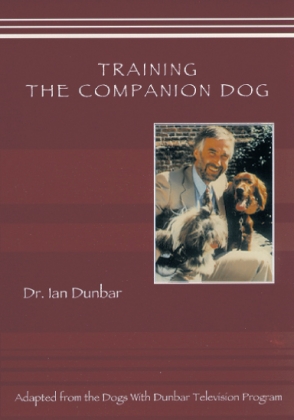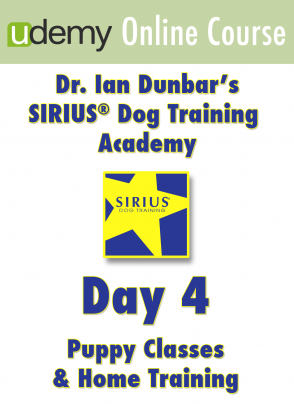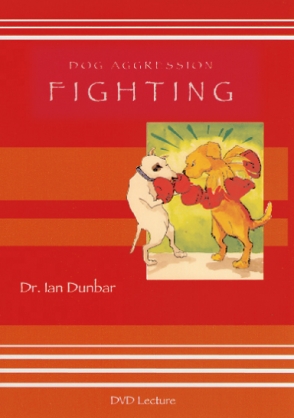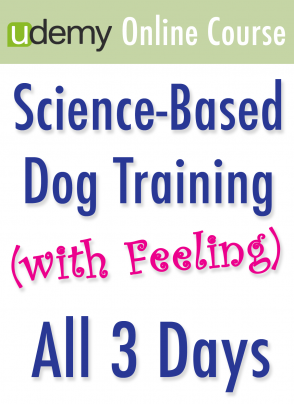1. Socialization & Training
2. Behavior Problems
3. Walking & Heeling
4. Recalls & Stays
A Perry Mason Moment
Quietly enjoying the blogs and comments on DogStarDaily.com, DogTime.com and YouTube, all of a sudden, I burst out laughing. Occasionally, one reads a comment that is perfect… succinct, sweet and precisely to the point. “ Confused’s” post was such a comment — a nail-you-to-the-wall comment — a Perry Mason moment.
On many occasions, I have been quoted as saying, that we can never really know for certain what dogs are thinking, or why they do what they do.
So, let’s flash to the courtroom. Dr. Dunbar is giving expert testimony — sage doggy advice. Perry Mason recaps, “So, Dr. Dunbar, you maintain that we can never tell why dogs do what they do?” “That’s correct,” I say, “We can never know for certain.” At this point Paul Drake slides through the double doors at the back of the courtroom and walks briskly up to Della Street, whispers in her ear and hands her a manila envelope. In turn, Della turns and whispers to Perry Mason. She hands him the manila package and Perry peeps inside.
Perry Mason returns to the witness stand to continue the cross-examination. Hamilton Burger and Lt. Tragg look on in awe. “So, Dr. Dunbar, did you, or did you not, write this book?” At which point he delves into the manila package and pulls out a book, which he brandishes before my eyes and before the courtroom. The book — Dog Behavior: Why Dogs Do What They Do written by none other than Dr. Ian Dunbar. This is a “Gotcha” moment.
So, a little about the book… Dog Behavior was my baby — my very first book. I started writing it in 1974 and I think it was eventually published in 1979. I wanted to call the book Dog Behavior. The publishers insisted on Dog Psychology: WHY Dogs Do What They Do. I maintained the book was simply a description of how dogs behaved — what they did — communication, greeting, play, social and sexual behavior. The publishers maintained that no one would read a book with that title and that the title had to include the words “psychology” (an insight in to the dog’s mind) and reveal “why” dogs did what they did, because this is what people wanted to know. They maintained the title and the cover were the selling points and that the contents were largely irrelevant. After much wrangling (I was afraid to lose my first book contract), we agreed on the title Dog Behavior: Why Dogs Do What They Do.
So, I rewrote a few chapters to actually reflect the new title. I wrote about “Why”.
I will summarize here, so you don’t have to buy the book, (which is now a collector’s item ‘cos it has been out of print for years). So, why do dogs do what they do? Well basically, dogs do what they do for just two reasons:
First, a dog is a dog is a dog. And, they do, not surprisingly, what dogs do. Dogs bark, they don’t miaow or moo. Dogs use p-mail instead of e-mail. Dogs destroy items for amusement rather than watching the telly, doing crosswords, or playing Scrabble. When upset or frightened, dogs growl and bite; they do not write letters of complaint or call their lawyers.
Dogs dig, bury bones and wag their tails. Dogs act like dogs because they have doggy senses and doggy bodies. Dogs act like dogs because they are dogs.
Second, dogs do what they do, because they have been trained, albeit often unintentionally, to act that way. Both the frequency and situational nature of dog behavior has been modified by people. In a nutshell, dogs jump-up because they have been rewarded (praised and petted) for jumping-up ever since puppyhood. Their only crime? They grew! Dogs reserve misbehavior — peeing, pooping, chewing, digging and barking (normal, natural and necessary dog behavior) for times when they are left at home alone, because they have learned that it is not smart to misbehave when the owner is present. In a sense, punishment has created owner-absent misbehavior. Dogs pull on leash because it is intrinsically doggy-enjoyable to be the leader of the pack, and, because owners allow them to pull, and unintentionally encourage them to pull. Similarly, dogs are hyperactive because they have been trained to be that way. A calm dog receives little attention, but as soon as the dog activates, attention and affection are plentiful.
So yes, in a sense we can delve into the dog’s mind to search for “why”. Nonetheless, I would never ascribe human foibles to a dog’s emotions, feelings, thought-processes, or motives. I would never insult a dog by accusing him/her of being spiteful, jealous, or vicious. I feel that these are uniquely human faults and only serve to poison our brains and destroy our social relationships with others (dogs included). This, of course, is just my view. I may be right, I may be wrong. And that was exactly my point. When we try to think about how dogs think, it is purely subjective.
Additionally, in the realm of pet dog training, asking “Why does the dog do this and that” is not really the question that owners need to ask to receive the answer they are seeking.
Much more useful questions would be:
“How can I stop my dog from acting this way?”
“How can I teach my dog to do what I want?”
“How can I teach my dog to want to do what I want him to do?”
And especially, “How can I teach my puppy human-acceptable-and-appropriate ways to behave before he develops utterly predictable and yet, extremely common, bad habits?” Of course, from the dog’s point of view, what we humans may consider bad habits; the dog may consider to be absolutely normal doggy behavior.
Modifying the frequency of normal dog behavior, for example, teaching dogs to sit more frequently and bark less frequently, putting acceptable behavior on cue, such as shushing, sitting and settling-down, and teaching dogs human-acceptable alternatives to normal dog behavior, for example, teaching dogs to sit to say hello rather than jumping up, is a science. A dog’s thought-processes and feelings are presumed and pictured differently by different people, but the observation and modification of behavior is a precise and quantifiable science. This is pet dog training.
Certainly, it is infinitely enjoyable and challenging to ponder a dog’s emotions and feelings, especially poolside in Tuscany, but this delays the time for when we start to mold and modify a dog’s behavior so that he/she may become a model canine citizen. We need to immediately teach dogs to happily and promptly sit on cue. A simple “Sit” will prevent, or stop, most unwanted dog behaviors. We need to spend as much time as possible, teaching dogs to thoroughly enjoy the company and actions of people, especially children, men and strangers. This is what pet dog training is all about. And this is what DogStarDaily.com is all about — teaching people how easy, and how much fun it is to teach puppies how to act when living with people, so that they may continue living with their people and do not need to be re-homed (along with their human-induced behavioral baggage) as adults.
Back now to preparing for my dog seminars in Ferrara.
Ian Dunbar
Montepulciano, Tuscany
PS: The trauma of dealing with the publisher of Dog Behavior: Why Dogs Do What They Do, prompted me to desktop-publish my following books plus publish books by other authors, such as Jean Donaldson’s The Culture Clash, Dr. Pamela Reid’s Excel-erated Learning and Janis Bradley’s DOGS BITE But Balloons and Slippers Are More Dangerous.










